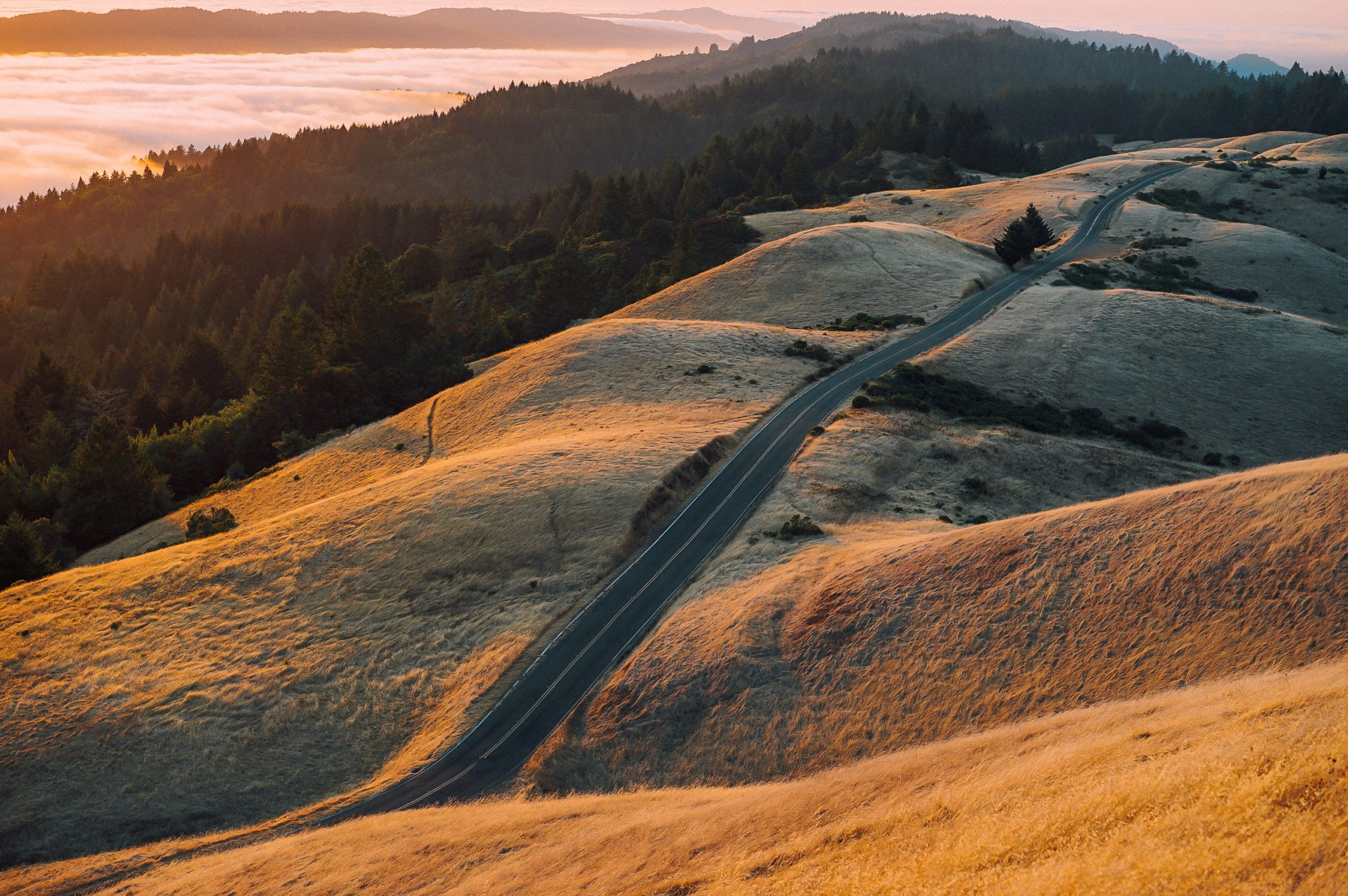
If your mind is straightforward, without deviousness, then what difficulty is there to Buddhism? It is just because students do not rely on the straightforward mind that they erroneously produce judgments. This is why there are so many obstacles. —Torei Enji, 18th-century Zen master
When I first began to meditate, I lived 1,500 miles away from my teacher and his practice center in California. Oddly, I never viewed the distance as a difficulty. Buoyed by a beginner’s enthusiasm and open to any possibility, I simply traveled to a retreat when it was feasible and stayed home when it wasn’t. I didn’t judge whether I was practicing a little or a lot, in the right place or not. Although I didn’t know anything about meditation or Buddhism, I was content that I’d found a path that would turn my life around.
It did. Within five years, things had turned so far around that I ended up relocating to the West Coast. Now, the Zen center was only twenty miles from my home, a half-hour’s drive if I timed it just right. On the one hand, I could conceivably go to practice every day. On the flip side, there was traffic to deal with, family obligations, work deadlines, competing priorities, fatigue, and laziness, not to mention the lure of all the other things I’d rather do and places I’d rather be. For me, twenty miles proved to be a lot farther than the 1,500 miles I’d once traveled so freely.
I’d lost the trusting openness of my beginner’s mind. Instead, I was twisting round and round in my head about how things should be, rather than accepting how things were.
There are no barriers to practice, no obstacles or wrong turns. So why do we keep finding them? Ironically, that’s what meditation is: sitting down and seeing just how much we tumble in the crosscurrents of our likes and dislikes, desires and judgments, worries and doubt, and (this is the important part) staying put until the bell rings.
Only through practice do we realize that so-called obstacles have nothing to do with time, distance, other people, other things, or any external circumstance. They arise from the ingrained patterns of our dualistic, egocentric thoughts that judge things to be right or wrong, good or bad, and desirable or undesirable.
In short, the only obstacle you can ever put your finger on is you. Luckily, you can cut straight through your mental roadblocks, as every sharp-tongued teacher points out.
The realization that the practice consists solely of ourselves—where we are and as we are—is liberation itself. The assurance that we already possess the perfect freedom we seek doesn’t square with our beliefs, however, and that’s when we’re likely to hit another wall.
Perceived obstacles don’t just prevent people from beginning a meditation practice; they can derail seasoned sitters. After practicing for a while, we develop expectations and attachments. For sure, most students want to get good at their practice, make progress, and accomplish something.
Along the way, we might think we’ve learned something, and we arrogantly cling to that understanding. If we have a pleasant experience, for instance, we judge every other sitting period by that standard. If we have difficulty, we let it reinforce our deepest beliefs about our limitations and inadequacies. A judgmental mind is bound to end up disappointed.
This is when doubts begin to sidetrack a practitioner. Am I doing it right? It doesn’t seem to be working for me. Is there something more to it? This hasn’t really improved my life the way I hoped it would. Buddhism is a crock of bull and a waste of time!
Sound familiar?
It takes faith to keep going when you are spinning in a swirl of doubt—faith in yourself. It takes the strength of a vow—a vow to yourself. Otherwise, practice is likely to become one of a long list of things in life that you start with eager optimism and discard in cynicism and despair. What a shame it would be to toss aside the opportunity to know your true self as you really are, beneath the beliefs that blind you.
In the meantime, all the fits and starts, highs and lows, are just part of the path. If you have a teacher, you’ll be continually redirected to the ground under your feet and the practice that keeps you there. Just sit. Just count your breath. Just walk. Just work. Just eat when hungry and sleep when tired. Get out of your own way, and have faith in yourself as the Way.
There is no path other than the one you’re on. Let’s settle down right where we are and see it straight on.
Photo by Sasha • Stories on Unsplash